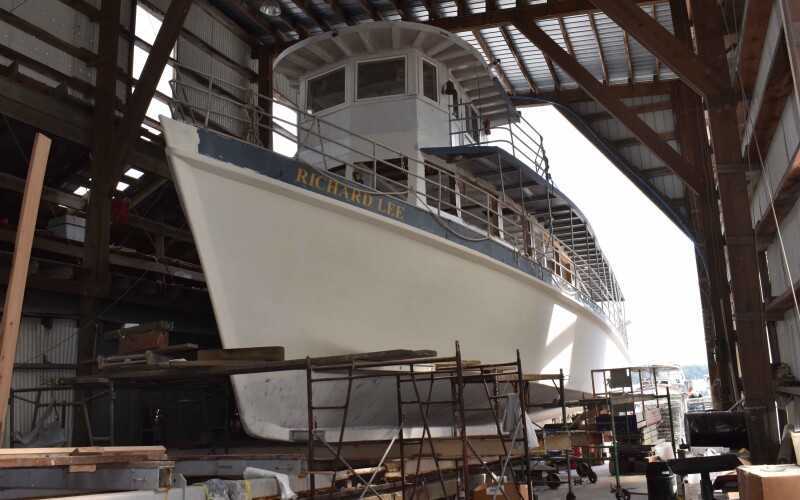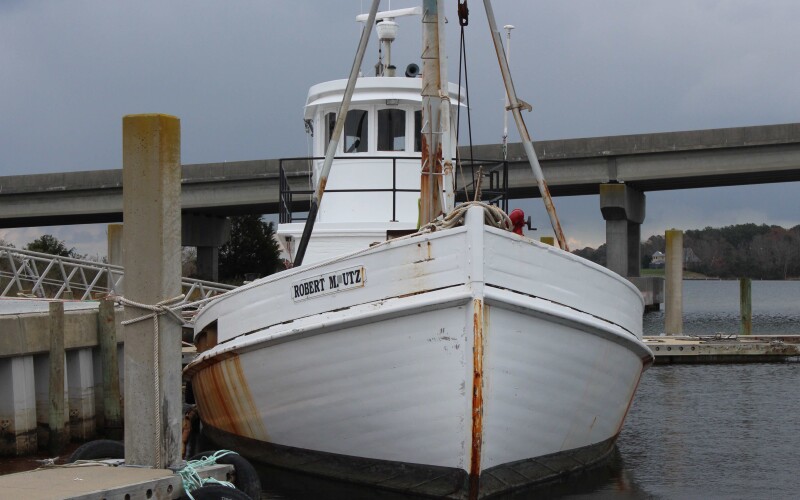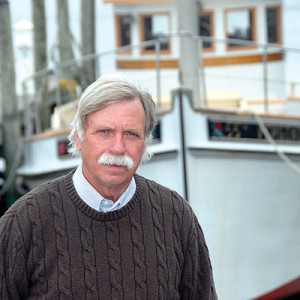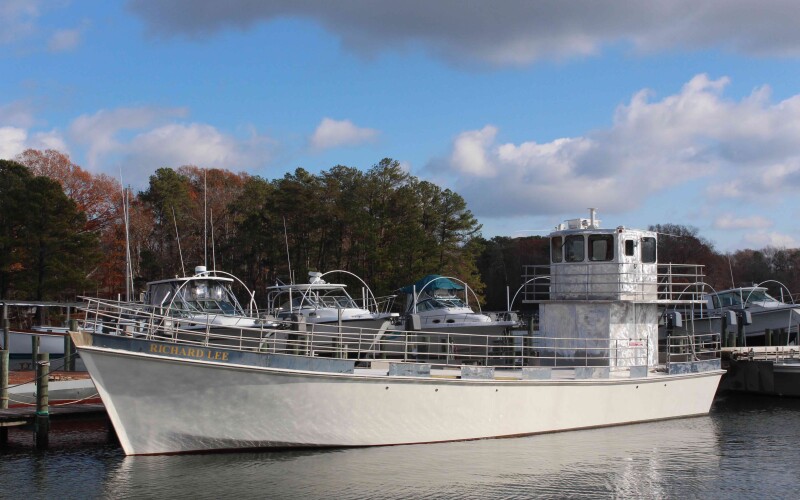Virginia Gov. Glenn Youngkin recently proclaimed the month of November “Virginia Oyster Month” because the state is ranked number one this year in oyster production on the East Coast.
“Aquaculture is a booming industry in Virginia and the average dockside value for the state’s wild and farmed oysters is approximately $40 million annually,” Youngkin wrote in the proclamation.
The rise in the state’s oyster fishery is reflected in the many new and old boats being built and refurbished to work in the industry. One of them is the Richard Lee, a former tour boat being converted to an oyster planter at Cockrell Marine Railway in Heathsville, Va. A Louisiana deck lugger tugboat, the Replenisher, was converted to an oyster planter for W. E. Kellum Seafood in Weems, Va, and featured in NF last month.
First featured in National Fisherman back in October 2022, the tour boat Richard Lee was used for decades as an excursion boat that ran from Reedville, Va. to Smith Island, Md. The vessel is owned by Andy and Myles Cockrell, owners of Cockrell Marine Railway, and Little Wicomico Oyster Company LLC. When completed in February 2024, the boat will be used to plant shell and spat on Virginia and Maryland oyster grounds.
As a passenger tour boat, the top deck on the Richard Lee was rigged with shelter and seating for passengers. The Cockrells pulled the aluminum top structure off the boat and used it for material to build portions of the double decker house that is located near the stern. The aluminum pilothouse on the Richard Lee came off the vessel Pixis that had belonged to Oyster Company of Virginia (OCVA). Pixis had been used to position large modules to create oyster reefs, and was recently scrapped by OCVA, says Myles.
“The last thing we have to do to her (Richard Lee) is install aluminum bulwarks and the pump (to wash oysters off the deck)”, says Myles. “We already have two big jobs for her, one on the Severn River (in Maryland) and the other on Mobjack Bay (in Virginia).”

The 65’ x 20’ wooden hull of the Robert Lee was built in 1979 at Fairport, Va. The Cockrells had to replace “a lot” of bottom and side planking, a portion of the chine, and most of the staving wood located in the vee in the bottom up near the stem.
After the wood was replaced, the hull was wrapped in two layers of 2408 fiberglass Biaxial mat and coated with epoxy resin. An extra layer of fiberglass was applied to the deck where seed and oysters will be mounded.
The boat is designed to hold 3,500 bushels of shell. The aluminum bulwarks will have slots cut in the sides so shell and seed can slide off the deck with ease onto oyster beds.
Also at the Cockrells’ yard are two Connecticut oyster schooners, the 1917 Robert M. Utz and 1939 Suzanne, awaiting a railway haul for routine maintenance. The vessels were among four oyster schooners from Hillard Bloom Shellfish Co. of Bridgeport, Conn., that were sold to Maryland oyster firms to work in the state’s oyster fishery.
Andy says that the bottoms of the boats are built out of white oak. “I have gone down in the bilge and looked at the bottom construction from the inside and I will be real surprised if there is any major work needed,” says Andy. “They are not built like our boats (deadrise and cross-planked), but I’m impressed with the construction.”
Myles says the hulls of the schooners are “round as a pumpkin and built half ass-backwards from the way we (on the Chesapeake) build them, but they seem to be working out.”
The northern schooner style has a round bilged, framed and planked bottom from stem to stern, known as long planking. The Chesapeake Bay style is deadrise/v-bottom shaped with cross-planked bottom planks.








